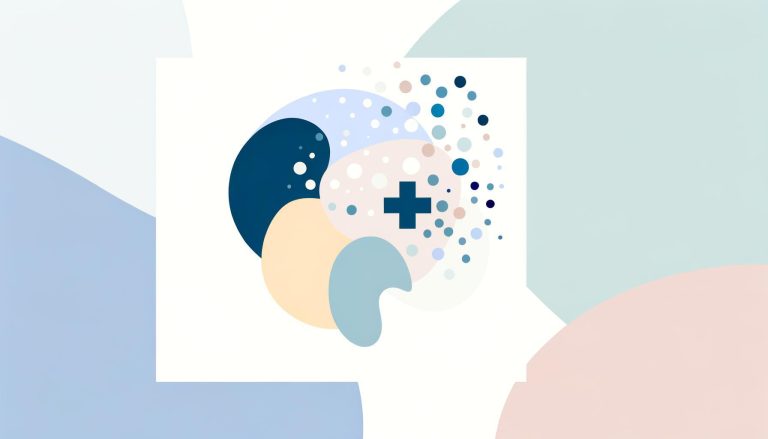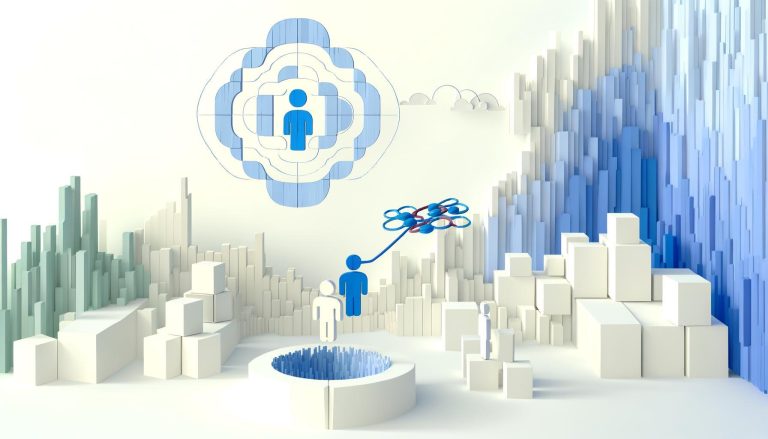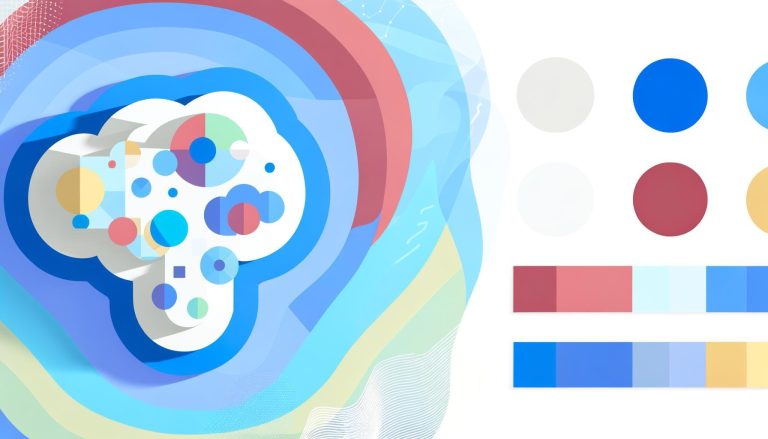Seasonal Affective Disorder (SAD) affects many individuals worldwide, leading to mood swings, fatigue, and other symptoms that can significantly impact one’s quality of life. With advancements in artificial intelligence (AI), there are innovative strategies to help manage SAD and promote year-round well-being. This article explores how AI can support individuals experiencing SAD, offering practical tips and a holistic approach to maintaining mental health.
Understanding Seasonal Affective Disorder (SAD)
Seasonal Affective Disorder is a type of depression that occurs at a specific time of year, usually in the winter. Common symptoms include:
- Feelings of depression most of the day, every day
- Low energy and fatigue
- Loss of interest in activities once enjoyed
- Difficulty concentrating
- Changes in appetite or weight
- Sleep disturbances
- Feelings of hopelessness or worthlessness
The exact cause of SAD is still not fully understood, but it is believed to be related to changes in light exposure, which can affect circadian rhythms and serotonin levels in the brain.
Traditional Treatments for SAD
Traditional treatments for SAD include light therapy, medication, and psychotherapy. While these methods can be effective, they may not work for everyone or may have limitations in their application. This is where AI can offer additional support through personalized strategies and tools.
AI Strategies for Managing SAD
AI-Powered Light Therapy
Light therapy has long been a cornerstone of SAD treatment. AI enhances this therapy by:
- Personalizing light exposure based on individual needs
- Adjusting light intensity and timing to optimize benefits
- Monitoring usage patterns to improve adherence and effectiveness
AI-driven light therapy devices can assess and adapt to a person’s specific symptoms and circadian rhythm, offering a more tailored approach to managing SAD.
Predictive Analytics
AI employs predictive analytics to forecast SAD episodes based on historical data and current trends. This can help individuals:
- Anticipate periods of vulnerability
- Take proactive measures
- Implement preventive strategies such as adjusting light therapy schedules or modifying daily routines
By identifying patterns and triggers, AI can assist in reducing the severity and frequency of SAD symptoms.
Mood and Habit Tracking
AI applications like mood and habit tracking tools enable individuals to record their emotions, activities, and behaviors. These tools provide:
- Detailed insights into patterns and triggers
- Recommendations for lifestyle changes
- Progress tracking to measure improvements
Regular tracking helps individuals better understand their mental health and make data-driven decisions to enhance their well-being.
Personalized Interventions
AI-driven platforms can offer personalized interventions, such as:
- Customized exercise and diet plans to boost mood and energy levels
- Mindfulness and relaxation techniques tailored to individual needs
- Adaptable content and resources based on real-time feedback and data analysis
These interventions promote a holistic approach to managing SAD, addressing both physical and mental health aspects.
Virtual Mental Health Support
AI-powered virtual mental health assistants provide continuous support by:
- Offering cognitive-behavioral therapy (CBT) sessions through chatbots
- Providing instant feedback and coping strategies
- Connecting users with further professional help if needed
This 24/7 accessibility ensures individuals receive timely assistance, helping them manage their symptoms more effectively.
Adaptive Goal Setting
Setting achievable goals is crucial for managing SAD. AI platforms assist by:
- Creating personalized goals based on individual capabilities and needs
- Monitoring progress and providing motivational feedback
- Adjusting goals dynamically based on real-time data and individual responses
Adaptive goal setting encourages consistency and encourages a sense of accomplishment, vital for maintaining mental well-being.
Benefits of Utilizing AI for SAD Management
Personalization and Precision
AI offers a level of personalization that is difficult to achieve with traditional methods. By analyzing vast amounts of data, AI can provide:
- Tailored treatment and intervention plans
- Precise adjustments based on individual responses
- Enhanced accuracy in predicting and preventing SAD episodes
Enhanced Engagement and Adherence
AI-driven platforms can increase engagement and adherence to treatment by:
- Offering interactive and engaging tools
- Providing regular reminders and motivational feedback
- Creating a supportive virtual environment
Increased engagement ensures individuals remain committed to their treatment plans, leading to better outcomes.
Continuous Support and Monitoring
AI solutions offer continuous support and monitoring, providing real-time insights and interventions. This allows for:
- Early detection of symptoms
- Immediate response to emerging issues
- Ongoing adaptation of treatment plans
Continuous support helps individuals manage their symptoms more effectively and maintain their well-being throughout the year.
Cost-Effectiveness
AI-driven tools can be more cost-effective than traditional methods, reducing the need for frequent in-person visits. This makes mental health support more accessible to a broader audience.
Practical Tips for Using AI to Manage SAD
Integrate AI Tools into Daily Routine
Incorporating AI tools into your daily routine can enhance their effectiveness. Consider the following:
- Use AI-powered light therapy devices during your morning routine
- Regularly update mood and habit tracking apps
- Schedule virtual mental health check-ins as part of your self-care regimen
Combine AI with Traditional Methods
While AI offers many benefits, it can be most effective when combined with traditional methods. For example:
- Use AI-driven light therapy in conjunction with prescribed medications or supplements
- Augment virtual CBT sessions with in-person therapy visits
- Implement AI-suggested lifestyle changes alongside regular physical activity
Regularly Assess and Adjust
Regular assessment and adjustment of your AI tools and strategies ensure they remain effective. Periodically review your:
- Goals and progress
- AI tool settings and recommendations
- Treatment plan with healthcare professionals
This helps in keeping your management plan updated and aligned with your evolving needs and circumstances.
Conclusion
Seasonal Affective Disorder can significantly impact one’s quality of life, but with the advent of AI, there are now innovative strategies to manage and alleviate its symptoms. By leveraging AI-powered light therapy, predictive analytics, mood tracking, personalized interventions, and virtual mental health support, individuals can maintain year-round well-being. These AI strategies offer a personalized, precise, and continuous approach to mental health, promoting resilience and positivity even during challenging seasons.
For those looking to integrate AI into their mental wellness routine, the Zenora app offers comprehensive features such as mood and habit tracking, personalized goal setting, and virtual counseling. By utilizing these tools, you can stay on top of your mental health and thrive throughout the year.
Remember, managing SAD is a holistic process that combines both AI-driven insights and traditional treatments to help you lead a happier, healthier life.





